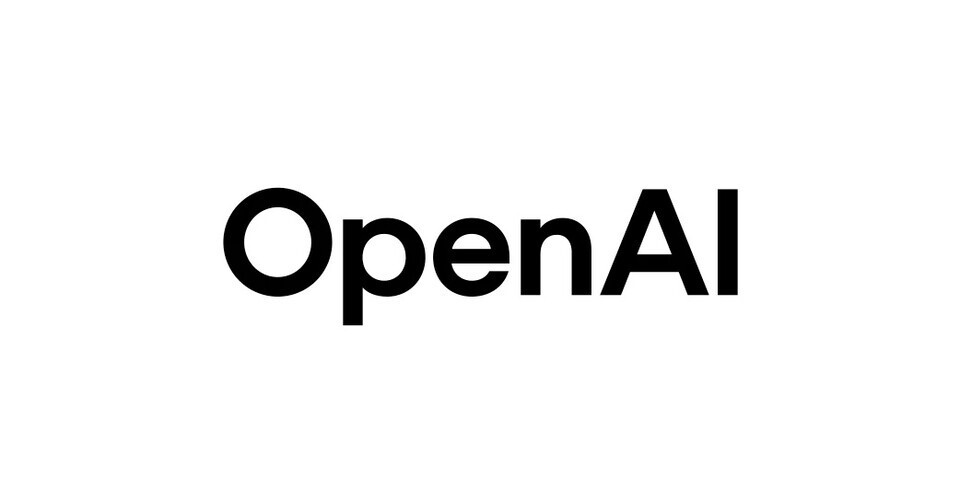The possibility that GPT-5 will be released in July 2025 has brought new attention to the direction of artificial intelligence (AI) technology. More than just a simple upgrade, the emergence of AI capable of thinking, seeing, hearing, and acting like a human is said to be imminent. It’s anticipated that the era of working alongside AI is not far off.

GPT-5 is the next-generation language model being developed by OpenAI, one of the world’s largest AI companies. GPT stands for ‘Generative Pre-trained Transformer’, which is an AI capable of understanding and generating language like a human by learning from large-scale data.
Sam Altman, CEO of OpenAI, predicted in February 2024 that “GPT-5 will be released within months, not years.” This statement aligns with the internally discussed release schedule. Therefore, there is a high possibility that GPT-5 will be unveiled to the world around summer 2025. Considering GPT-4 was released without prior notice, surprising the world, it is likely that GPT-5 will be announced in the same manner.
Unlike previous text-based AI, GPT-5 is expected to have a completely different structure. Beyond responding to text input, its core feature is ‘multimodal’ capabilities, which allow it to understand and generate sound, images, and video.
For example, when a user asks a question verbally, AI will be able to recognize and understand the voice in real-time and respond in a natural human-like voice. Additionally, if shown a photo or drawing, it can analyze and explain it, or generate an image that the user wants. There is also the expectation that it will be able to understand the meaning of videos and even create simple videos.
These functions signify more than just enhanced convenience. It indicates that AI has reached a stage where it understands and responds to ‘reality’ beyond words.
Another reason GPT-5 is capturing attention is due to potential advancements in software development capabilities. Previous models were limited to understanding code written by humans or suggesting simple code snippets, but the next-generation model is expected to perform more complex development tasks.
So far, GPT-4 is known to have a correct answer rate of about 32% in the SWE Bench, a software development-related benchmark test. For GPT-5, there are unofficial claims that performance has improved to about 85%, although this has not been officially confirmed by OpenAI.
Non-coding users are gradually approaching an environment where they can create simple programs with AI assistance. This functionality extends beyond the development field. Technology is also advancing towards having AI take on practical roles in office software like Excel, design, and planning tools. Companies are reviewing the introduction of ‘AI agents,’ referred to as digital colleagues, based on such technology to improve work efficiency.
The persistent issue of ‘hallucination’ phenomena in AI, where it confidently presents incorrect information, remains a challenge. With GPT-3, such issues accounted for about 30% of its total responses.
Although performance improvement was expected with the latest model GPT-4o based on GPT-4, there have been user reviews pointing out that hallucination frequency actually increased. Sam Altman, the CEO, acknowledged the hallucination problem in GPT-4o and stated plans for future improvements.
The upcoming GPT-5 model is reportedly attempting to technically resolve this issue, but concrete figures are not confirmed. There are concerns that as the model’s complexity increases, new types of errors may arise.
Research continues to make the ‘inference process’ concise and accurate even in solving complex problems. AI previously enumerated a lengthy series of logical steps to solve problems, but the latest model aims to reduce this flow and improve the correct answer rate.
Technological progress is notable not only for function expansion but also for the indication that AI is moving towards thinking and judging more meticulously.
Rather than simply increasing the parameter count, the architecture has been redesigned to produce more refined outcomes with the same computational load. The latest models signify the beginning phase towards achieving Artificial Superintelligence, and GPT-5 might mark a pivotal point in making AI’s role similar to humans in various fields like work, education, communication, and creation by July 2025.